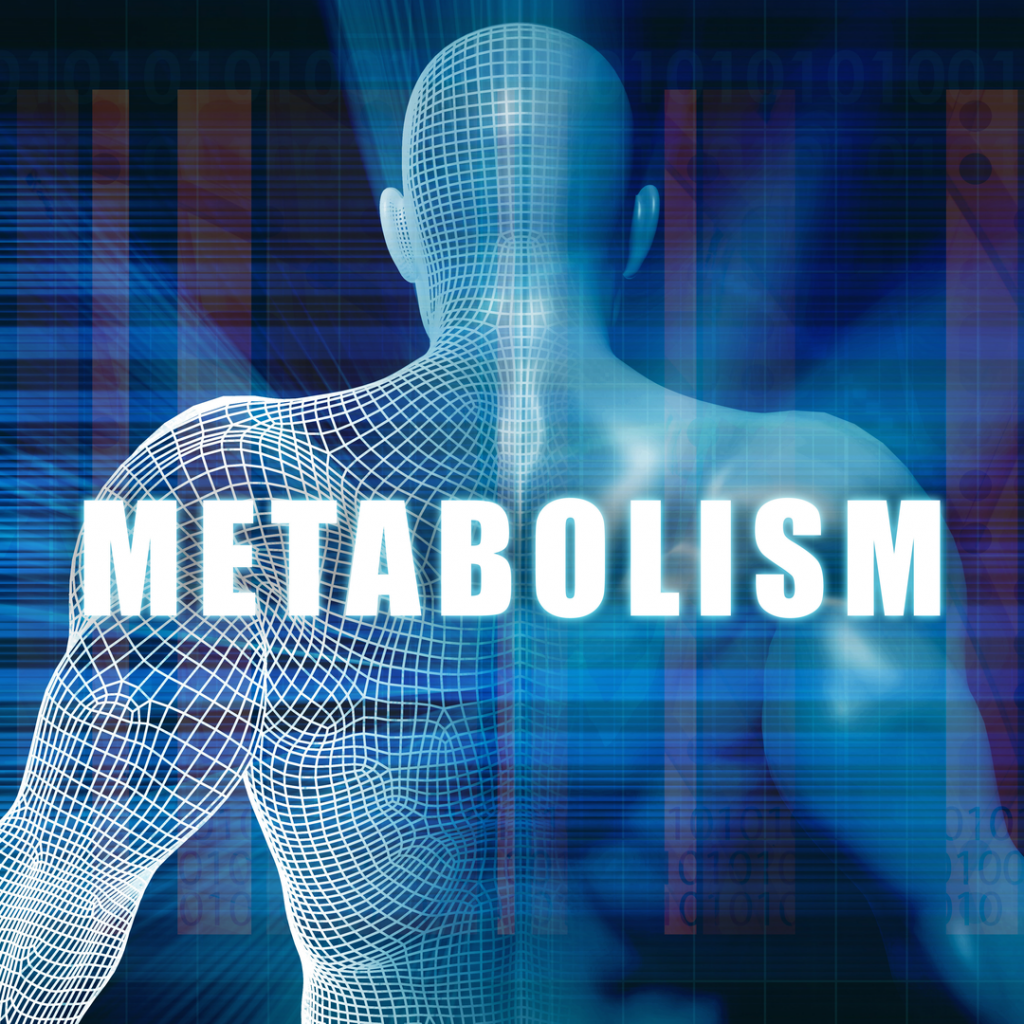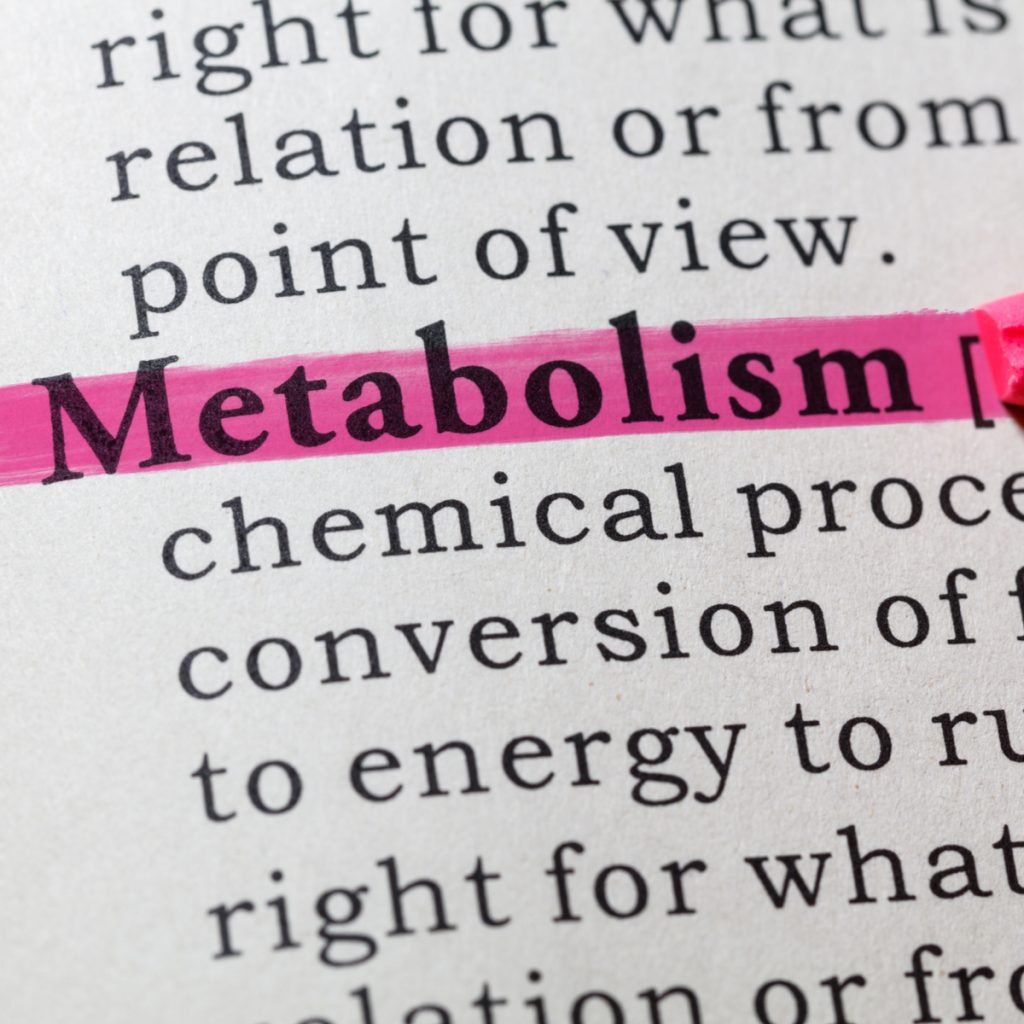Dietary protein is something we hear about all the time, but do we actually understand it? It’s talked about in fitness circles, listed on food packaging, and often debated in the context of various diets. But exactly what is dietary protein, and why is it so important? To break it down in simple terms, let’s turn to the insights of Dr. Donald Layman, a protein expert and scientific researcher, with over 2 decades of experience and knowledge on the subject.
What is Dietary Protein?
Think of dietary protein like a “vitamin pill” Dr. Layman always says. “ Like a vitamin pill, we don’t need the pill; we need the 14 vitamins inside the pill”. Dr. Layman also states, “protein is simply a food that provides amino acids”. Protein is essentially the vehicle that delivers essential nutrients known as amino acids to our body.There are 20 amino acids in total, but only nine of these are essential, meaning our bodies can’t produce them on their own. If we do not consume these essential amino acids in specific amounts each day, our bodies begin to deteriorate.

How Protein Works in Our Bodies
When we eat protein-rich foods, the protein doesn’t stay intact as it moves through our digestive system. Instead, protein is rapidly broken down in the intestines into individual amino acids. These amino acids are then absorbed into our bloodstream and transported to where they are needed in the body. Through this digestive process, our body is able to receive the steady supply of these essential building blocks necessary for growth, repair, and overall maintenance of our tissues.
The Essential Amino Acids
Our bodies need a specific amount of each of the nine essential amino acids.For example, lysine, one of the nine essential amino acids, requires a daily intake of 3.4 grams. A protein source’s quality is determined based on the amount of each of these essential amino acids found in it. Animal proteins , such as meat, fish, eggs, and dairy products, generally have the right balance of these amino acids to support human health. Plant proteins, on the other hand, have amino acid profiles tailored to the needs of plants, not humans, which can make them less efficient sources of protein. “Plant proteins can be an important part of a human diet, but it always requires more total protein and more total calories to get the right balance of the 9 essential amino acids when you use plant proteins.” Dr. Layman says.

Comparing Protein Sources
To understand the differences in protein quality, let’s look at lysine content in various protein sources. Here’s a breakdown of how much lysine is in one gram of protein from different foods:
– Whey protein: 0.112 grams of lysine
– Beef protein: 0.090 grams of lysine
– Egg protein: 0.076 grams of lysine
– Soy protein: 0.051 grams of lysine
– Wheat protein: 0.026 grams of lysine
Given that the daily requirement for lysine is 3.4 grams, you can meet this with just 5.3 ounces of beef. In contrast, it would take an enormous amount of wheat protein—either 33 cups of wheat cereal or 26 slices of whole grain bread—to meet the same lysine requirement. This highlights why animal proteins are often considered higher quality: they provide essential amino acids in a more concentrated form. This is also an important thing to note when considering a weight loss aspect. Generally speaking, animal protein sources offer fewer calories consumed to reach daily protein needs.
The Role of Plant Proteins
While animal proteins are more efficient in delivering essential amino acids, plant proteins can still play an important role in our diet. The key is to consume a larger amount of plant proteins to meet your amino acid needs. This often means more total protein and more calories when relying solely on plant sources.
However, there’s a clever way to optimize your protein intake: combining plant and animal proteins. These combinations, known as complementary proteins, balance the amino acid profiles by pairing foods that have different limiting amino acids. Some common examples include:
– Chili with hamburger and beans: The beans provide fiber and additional protein, while the hamburger boosts the lysine content.
– A roast beef sandwich with meat and bread: The bread offers carbohydrates and some protein, while the roast beef supplies a high-quality protein source.
– Spaghetti and meatballs: The pasta, typically low in lysine, pairs perfectly with meatballs to create a balanced meal.
– Cereal with milk: Combining grains with dairy ensures a better amino acid profile and provides a nutritious start to the day.
These combinations ensure that you’re getting a balanced intake of all essential amino acids, leveraging the strengths of both plant and animal proteins. Proof that a well rounded diet is ideal for our bodies and overall health and functioning.

Practical Tips for Incorporating Proteins
Incorporating a variety of protein sources into your diet doesn’t have to be complicated. Here are some practical tips to help you achieve a balanced intake:
- Mix and Match: Don’t hesitate to combine different protein sources within a single meal. Add nuts or seeds to yogurt, or pair a legume-based salad with a chicken breast.
- Diversify Your Meals: Rotate between animal and plant proteins throughout the week. Have tofu stir-fry one day, a fish taco the next, and a beef stew another.
- Use Protein Supplements: If you find it challenging to meet your protein needs through food alone, consider using protein powders or shakes. Just make sure they provide a good balance of essential amino acids.
- Plan Your Snacks: Include protein-rich snacks such as cheese slices, boiled eggs, or hummus with vegetable sticks to keep your amino acid intake steady throughout the day.
- Read Labels: When buying packaged foods, check the nutrition labels for protein content and the types of proteins included.
The Perfect Balance: Metabolic Shakes
Dr. Layman has designed a line of products called Metabolic Shakes, which were developed based on the insights from his decades of research. There are both a Whey (dairy) and the Original Metabolic Shake hybrid option that combines both dairy and plant proteins. By offering a mix of protein sources options, these shakes provide a convenient and effective way to ensure you’re meeting your nutritional needs and also allow customization to your personal preference when looking at protein sources. They’re particularly useful for those with busy lifestyles who need a quick and reliable source of high-quality protein. An easy, mix and go, don’t-have-to-think-about-it option. A great meal replacement option as well if weight loss is your goal.

The Takeaway on Dietary Protein
Understanding dietary protein doesn’t have to be complicated. At its core, it’s about getting the right balance of essential amino acids, the nutrients our bodies require in order to thrive. While animal proteins get the gold star for importance and effectiveness, because they are naturally aligned with our amino acid needs, plant proteins shouldn’t be dismissed. When combined thoughtfully, plant proteins can be just as beneficial. By incorporating a variety of protein sources into your meals, you can ensure you’re nourishing your body effectively.
Next time you’re planning a meal, consider how you can combine different protein sources to optimize your overall intake. Whether it’s a hearty bowl of chili, a classic sandwich, or a balanced shake, you have plenty of delicious and nutritious options to choose from. Embrace the variety and enjoy the benefits of a well-rounded diet rich in essential amino acids.
By making informed choices and being mindful of your protein sources, you can enhance your diet, support your health, and enjoy a greater diversity of flavors and textures in your meals. Remember, it’s not just about eating more protein, but about eating the right kinds of protein in the right combinations.



